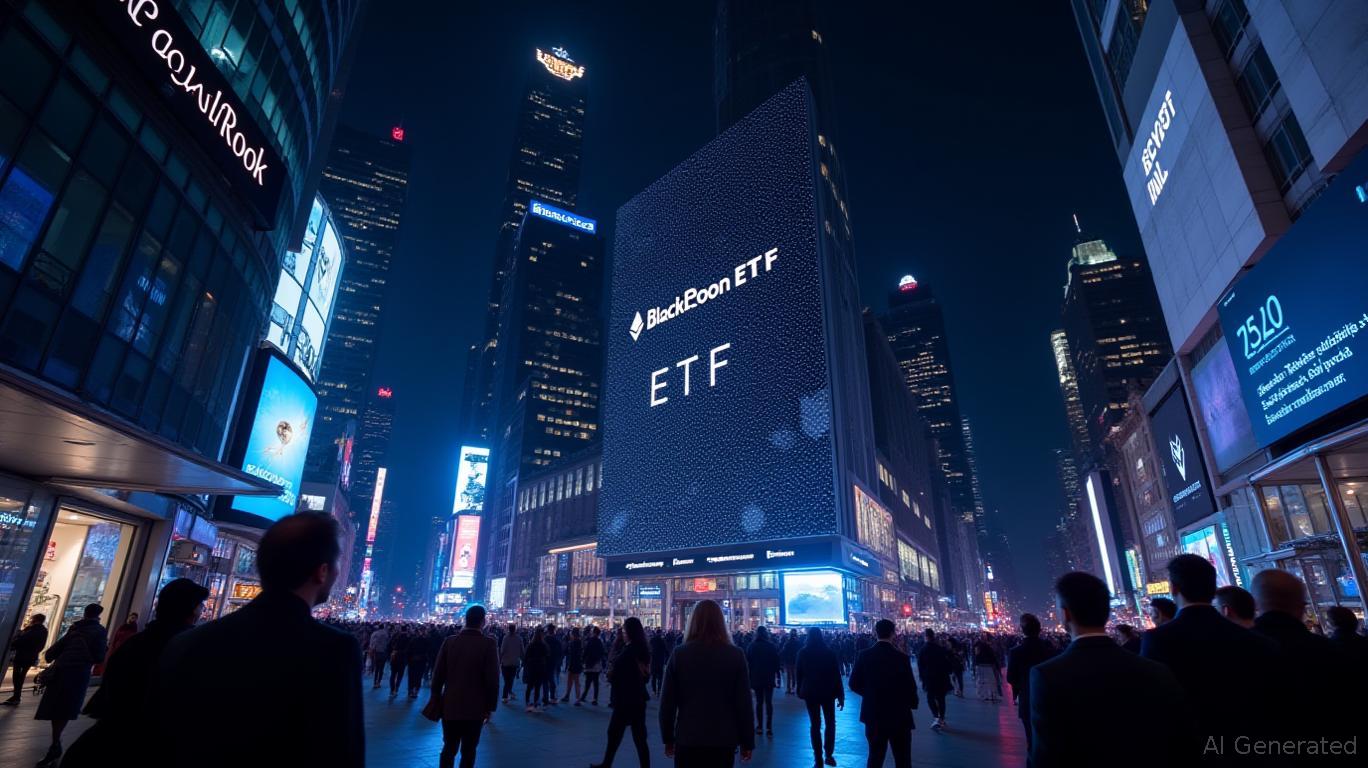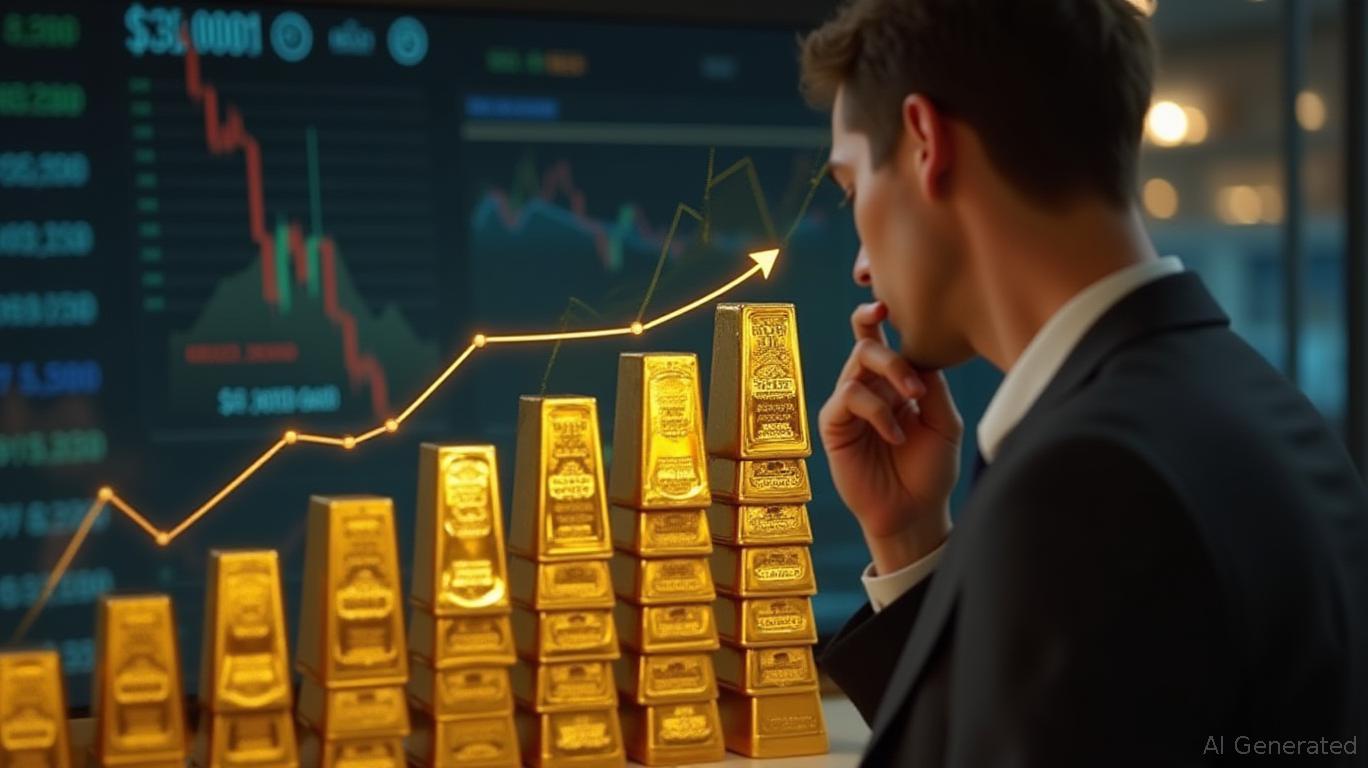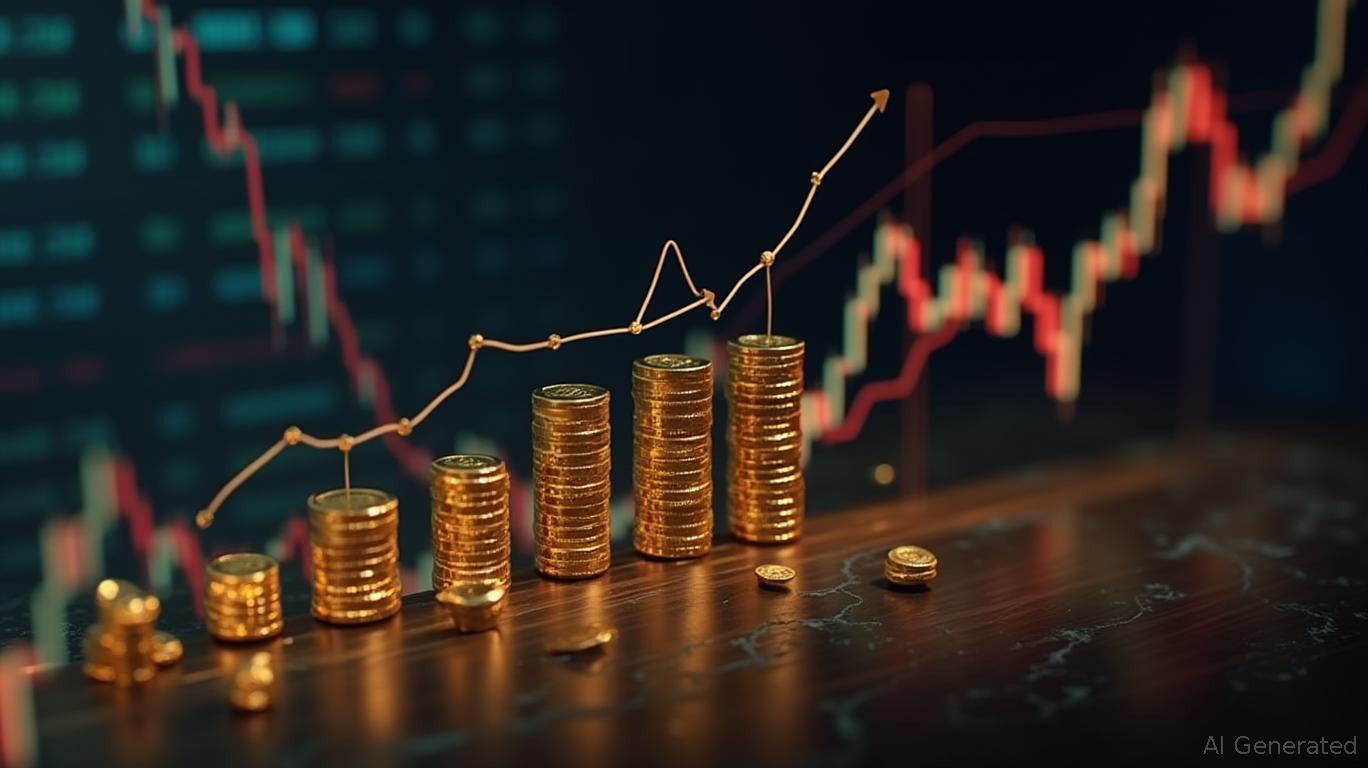Shanghai Gold Exchange Margin Hikes: Navigating Volatility in a Record-Breaking Gold Market
The Shanghai Gold Exchange (SGE) has implemented a series of margin ratio increases for gold and silver contracts in early 2025, responding to historic price surges and heightened market volatility. These adjustments—announced in February and March—reflect the SGE’s proactive risk management strategies amid geopolitical tensions, trade uncertainties, and a surge in investment demand. This article examines the implications of these moves for investors, the broader gold market, and China’s evolving role in global commodity dynamics.

The Margin Adjustments: Timing and Impact
On February 11, 2025, the SGE raised margin ratios for gold contracts (e.g., Au(T+D)) from 10% to 11%, alongside a price limit increase to 10%, effective February 12. For the CAu99.99 contract, the margin per lot rose from 65,000 to 70,000 yuan. A second adjustment on March 28 further increased gold margins to 12%, silver margins to 13%, and CAu99.99 margins to 80,000 yuan, effective April 1.
These hikes aimed to curb excessive speculation and stabilize markets during the Qingming Festival holiday, when liquidity typically thins. Post-holiday, most margins reverted to pre-adjustment levels unless a “limit-locked market” occurred (where price limits were hit). The CAu99.99 contract’s margin increase, however, became permanent, signaling the SGE’s long-term risk mitigation focus.
Drivers of the Gold Rally: ETFs, Central Banks, and Geopolitics
The SGE’s margin hikes coincided with an unprecedented gold price surge. By April 2025, prices hit $3,391.64/oz, a 29.17% jump from January. This rally was fueled by:
1. ETF Inflows: Chinese gold ETFs attracted RMB16.7 billion (US$2.3 billion) in Q1, pushing holdings to a record 138 tonnes. Continued momentum saw an additional 29 tonnes added by early April, driven by trade tensions and inflation concerns.
2. Central Bank Purchases: The People’s Bank of China (PBoC) added 12.8 tonnes of gold in Q1, extending its buying streak to five months. Total reserves reached 2,292 tonnes, or 6.5% of foreign exchange reserves.
3. Geopolitical Risks: Escalating U.S.-China trade disputes and fears of Federal Reserve policy shifts amplified safe-haven demand.
Balancing Risk and Liquidity
The margin hikes underscore the SGE’s balancing act between market stability and liquidity preservation. While higher margins reduce leverage-driven volatility, they also increase trading costs. The temporary nature of most adjustments—except for CAu99.99—reflects this delicate equilibrium.
Investors in deferred contracts (e.g., Au(T+D)) faced margin pressures, but the SGE’s post-holiday reversion of ratios to 11% for gold and 12% for silver aimed to reinvigorate trading activity. Meanwhile, the CAu99.99’s permanent margin hike (now at 80,000 yuan) signals a shift toward stricter risk controls for large-scale transactions.
Challenges and Opportunities Ahead
Despite the margin hikes, weak jewelry demand continues to weigh on the SGE’s physical market. Q1 withdrawals fell 36% year-over-year to 336 tonnes, as high prices stifled purchases. However, institutional participation is rising: four Chinese insurers joined the SGE in March 2025, executing their first trades. This influx of institutional capital could offset jewelry sector headwinds.
Looking ahead, analysts project gold prices to remain above $3,000/oz in 2025, with some estimates reaching $3,509/oz by early 2026. The SGE’s margin policies will likely evolve further to accommodate this bullish trajectory, particularly if geopolitical risks persist.
Conclusion: A Strategic Shift with Bullish Implications
The SGE’s margin adjustments in early 2025 were a measured response to historic volatility, driven by record gold prices, ETF inflows, and central bank accumulation. While temporary hikes mitigated holiday-related risks, the permanent CAu99.99 margin increase highlights a long-term commitment to risk management.
Investors should note:
- ETFs and central banks remain key drivers of demand, with Chinese ETF holdings hitting successive records.
- Structural shifts, such as insurer participation, signal gold’s growing role as an institutional asset.
- Jewelry demand faces headwinds, but safe-haven buying may limit downside risks.
With gold prices surging past $3,300/oz and geopolitical tensions unresolved, the SGE’s actions underscore a market poised for continued momentum. For investors, this volatility presents opportunities—but only for those prepared to navigate the SGE’s evolving risk landscape.



_23f7f7eb1749627884277.png)





